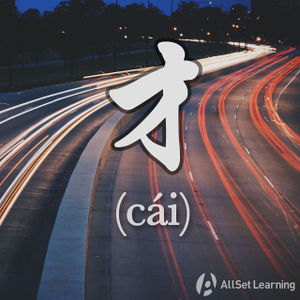Difference between revisions of "Expressing "only after" with "cai""
m (WikiSysop moved page Expressing "only when" with "cai" to Expressing "only then" with "cai") |
|||
| Line 16: | Line 16: | ||
=== Examples === | === Examples === | ||
| + | <div class="liju"> | ||
| + | |||
| + | * <em>才</em> 。<span class="pinyin"><em>cái</em> .</span><span class="trans">only then</span> | ||
| + | * <em>才</em> 。<span class="pinyin"><em>cái</em> .</span><span class="trans">only then</span> | ||
| + | * <em>才</em> 。<span class="pinyin"><em>cái</em> .</span><span class="trans">only then</span> | ||
| + | * <em>才</em> 。<span class="pinyin"><em>cái</em> .</span><span class="trans">only then</span> | ||
| + | * <em>才</em> 。<span class="pinyin"><em>cái</em> .</span><span class="trans">only then</span> | ||
| + | </div> | ||
== 才 as "Not Until" == | == 才 as "Not Until" == | ||
Revision as of 07:34, 14 November 2019
| This article is a stub. Editors can help the Chinese Grammar Wiki by expanding it. |
-
Level
-
Similar to
-
Used for
-
Keywords
These patterns using 才 are loosely related, and revolve around a meaning of "only when," "only after," "only then," or "not until." They suggest a condition without stating the condition as explicitly as in the pattern 只有……才…….
Contents
才 as "Only When" or "Only After"
Structure
⋯⋯,才⋯⋯
⋯⋯ ,才 ⋯⋯
Examples
- 才 。only then
- 才 。only then
- 才 。only then
- 才 。only then
- 才 。only then
才 as "Not Until"
This use of 才 is quite similar to the 才 used to express lateness. The two sort of blend together.
Structure
⋯⋯,才⋯⋯
⋯⋯ ,才 ⋯⋯
Examples
Sources and further reading
Books
- Modern Mandarin Chinese Grammar: A Practical Guide (pp. 95, 263, 266) Anything Goes (无所不谈) →buy



